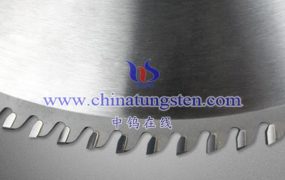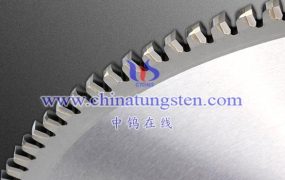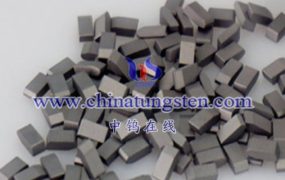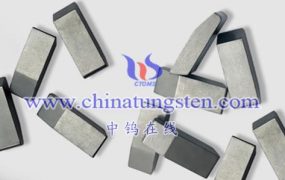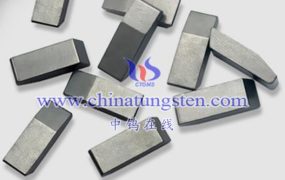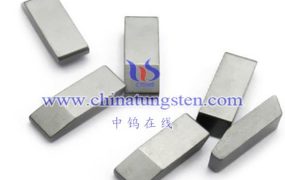The manufacturing process of cemented carbide drill bits has a great impact on drill bit life and drilling speed. For this reason, in order to improve drilling efficiency and drill bit life, the welding quality of the drill bit must be improved. The manufacturing process of carbide drill bits is:
(1) Prepare the drill bit body: round and thread the drill bit body. Processing nozzles and sinks;
(2) Delineate the position of the alloy: mark the position of the inlaid alloy on the drill bit body, and then use a chisel to mark;
(3) Digging alloy nest: Use a drill press to drill holes when inlaying and welding columnar alloy. Then the remaining thin wall is chiseled through (the outer blade is chiseled through the outer wall, and the inner blade is chiseled through the inner wall). The depth of the nest should be such that the height of the bottom blade is left after the alloy is embedded. When inlaying thin sheets of alloy, they can be processed with a planer or milling machine.
(4) Inlaid alloy sheet: clean the alloy and press it into the alloy nest to correct the specifications. Use a chisel to work the steel around the alloy to hold the alloy in place. When inlaying and hammering, do not hit the alloy directly with a hammer.
(5) Welding alloy: The welding process is the most important process in the drill bit manufacturing process, and it directly affects the quality of the drill bit.
The most commonly used method is oxygen welding (such as oxygen-free welding, which can be heated with a charcoal furnace with blast). The diameter of the copper electrode is generally 2 to 6 mm. Before heating, the drill bit thread should be wrapped with asbestos, the alloy should be soaked with water, sprinkle with heated borax powder, then heat the drill bit to the temperature where borax melts (800°C), and then put solder on it; use a brass welding rod. When using, heat to 900~950℃, when using electrolytic copper, heat to 1100℃. When the solder fills the gap, take it out and place it in dry sand or charcoal ash to cool slowly.
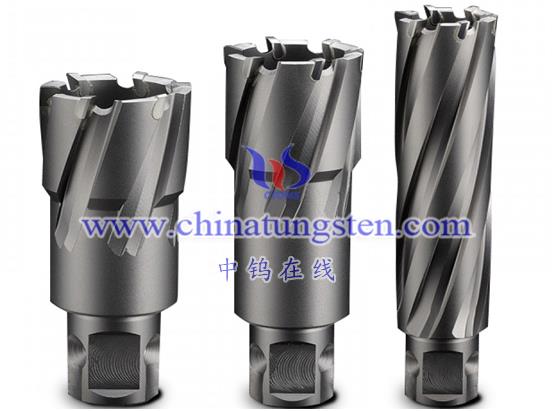
In addition to the above methods, the copper liquid immersion method can also be used for welding. The procedure is: clean the alloy and embed it in a drill bit, and then wash it in a borax solution at 70 to 80°C. Before immersing it in the copper liquid, it should be Preheat the drill bit to 200~300℃. An iron crucible or graphite crucible should be used to melt brass. When melting, add 10% salt. After melting, add 0.5kg barium oxide and stir for one minute to remove the slag on the surface. The slag should be cleaned once every 100 drill bits welded. After cleaning, some barium oxide and salt must be added in proportion. The copper liquid immersion method is made by immersing the mounted alloy drill bits in molten copper liquid and welding. This method is simple, highly efficient, evenly heated, does not use oxygen, and can ensure the quality of the mounting and welding. It is more suitable for mass production in repair factories. use.
More details of tungsten carbide product, please visit website: http://tungsten-carbide.com.cn/
Please contact CHINATUNGSTEN for inquiry and order of tungsten carbide:
Email: sales@chinatungsten.com
Tel.: 86 592 5129595
